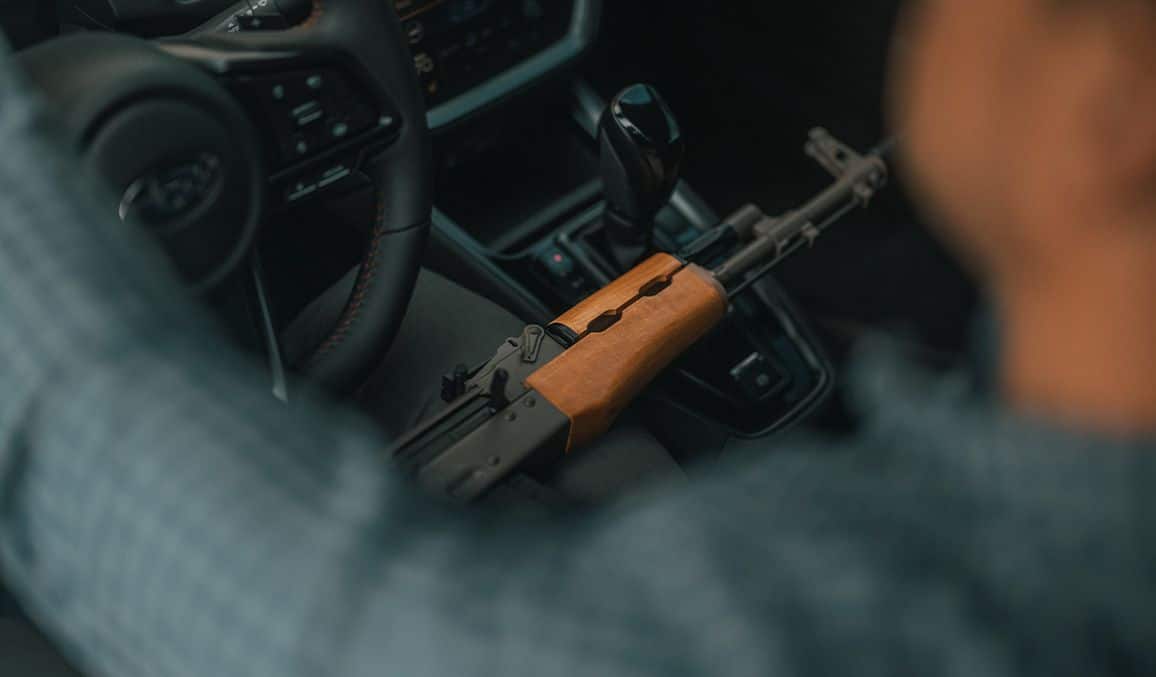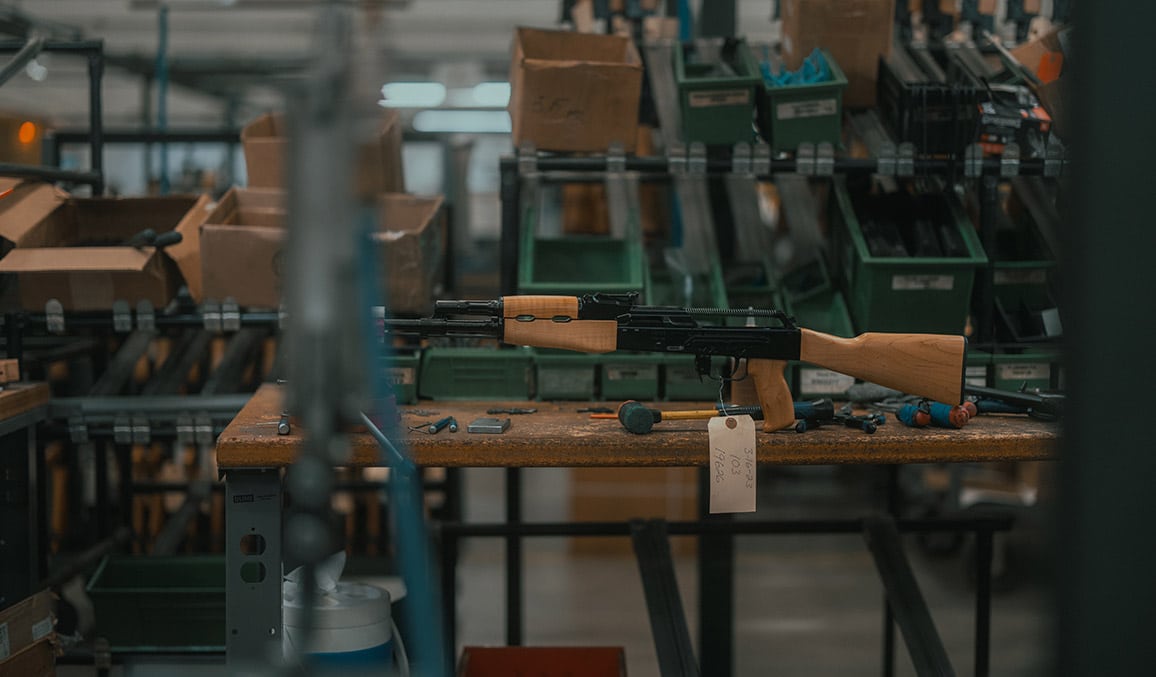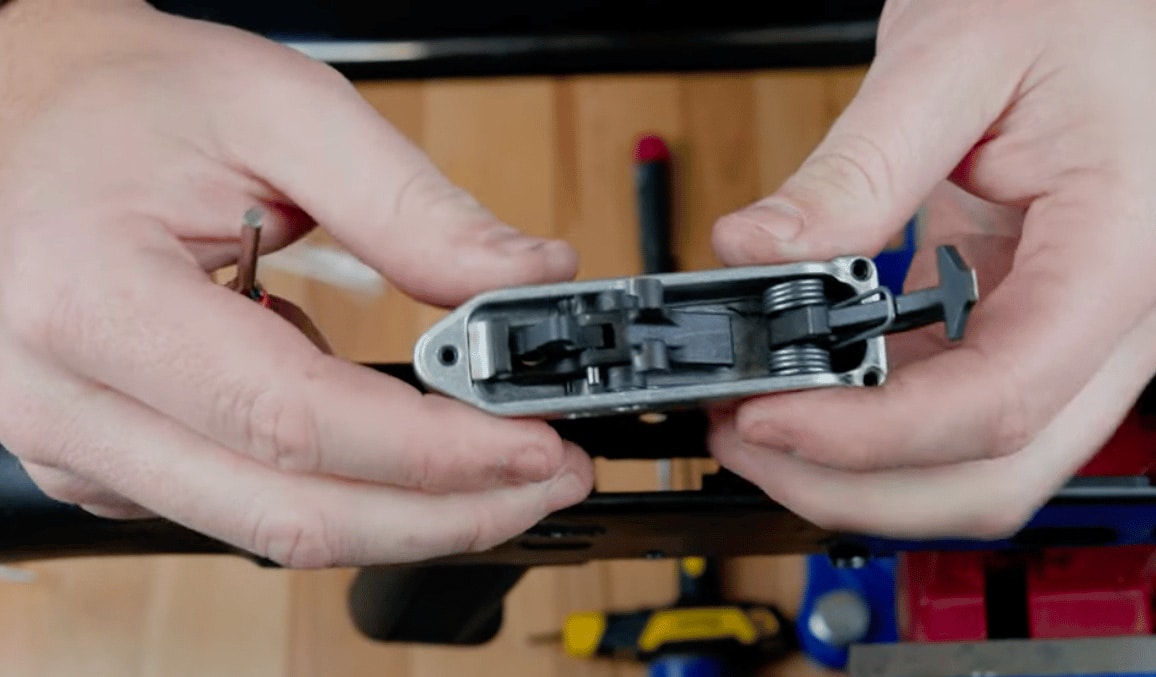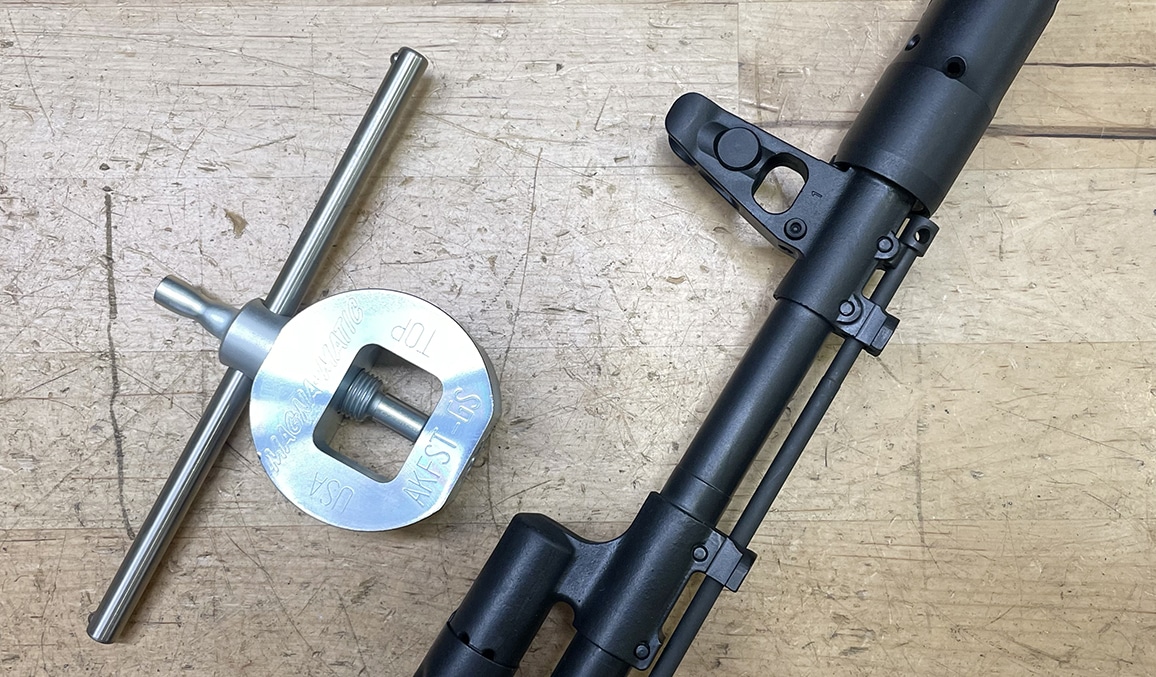Many AK owners don’t fully understand how their new Kalashnikov works. It is quite different from the ubiquitous AR-15. That’s not a bad thing. This article explains some of those differences—both good and bad—of your AK rifle over the AR-15.
At Kalashnikov USA, we get a lot of questions from new AK owners trying to figure out how their newly acquired AK rifle works and what modifications or accessories are compatible with it. These questions are understandable. Many of today’s shooters grew up with an AR-15 at home or were exposed to its military counterpart, the M-16 rifle or M-4 carbine, while in the armed forces. AK rifles were less common and only recently have they become more widely available in the States.
The AR-15, first introduced for civilian sales in the early 1960s, has long dominated the market for modern sporting rifles (MSRs) in the US. In contrast, semi-auto AKs didn’t really begin to gain traction in the marketplace until the 1980s. They began being imported but most of them were soon prohibited following President Bush’s import ban in 1989 and subsequently the Clinton gun ban of 1994. Only after the Clinton ban expired in 2004 did the demand for modern sporting rifles begin to recover—and with it—sales of semi-auto AKs.
While standard AR-15s were also prohibited during the Clinton ban of 1994, modified AR-15s continued to be built and sold in America, albeit with some of their “evil” features (including bayonet lugs and threaded muzzle devices) being neutered or removed altogether. The few AK-style firearms imported during the ban period were also modified but were also quite ugly with hideous thumbhole stocks and other modifications to allow them to be legally imported.
Many of these imported AKs during this time were also of low quality. After the collapse of the Soviet Union in 1991, Russian and East European arms factories scrambled to find new customers. Many of them started shipping hastily built guns to the US with the horrendous cosmetic features demanded of the Clinton administration’s prohibition on evil-looking “assault weapons”. Their primary selling feature was their low price. Quality control was not a priority.
Part of the reason for the unfamiliarity with the AK platform comes from the simple fact that, due to these historic and legislative realities, AKs had a later introduction to American shooters. In addition, the small quantities that were imported in the late 20th century often suffered from poor or minimal quality controls.
Only recently have companies like Kalashnikov USA begun manufacturing AK pattern firearms domestically, using American-made materials and workers and a rigid adherence to quality control standards. Those firms still importing AKs have greatly improved their quality requirements, and most are usually restored to their original configuration (using US made parts), after they clear US customs.
So, while the quality and familiarity with semi-auto AKs has greatly improved, there are still considerable differences between the AR-15 and the AK platform. Let’s examine why they are so different.
The Wartime Genesis of The AK-47
The origin of the AK-47 was greatly influenced by the experience of the Soviet Union during World War II. The Nazis invaded—and almost conquered—all the Soviet Union following their initial attack on June 22, 1941 in Operation Barbarossa. The early months of the battle on the Eastern Front saw Soviet forces being pushed back and suffering enormous casualties due to the Nazi juggernaut. Moscow itself came close to being captured. However, General Zhukov launched a bloody, winter counter-offensive and slowly—but surely—began to push back the Nazi horde, albeit at an enormous cost in terms of military and civilian casualties. In the summer of 1943, The Battle of Kursk, the greatest tank battle ever, finally turned the tables and the Nazis found themselves on defense rather than on offense. By mid-1944 the sheer numerical advantage of Soviet soldiers, tanks and artillery had cost the Wehrmacht over a half-million killed, wounded, or captured.
The experience of having to mobilize millions of soldiers and civilians in an existential fight to save their country taught the Soviets certain truths when it came to weaponry. Mass produced weapons utilizing quick and inexpensive methods of manufacture were critical. Simple designs that could be operated by conscripted and illiterate peasants were a must. So too were weapon designs that could operate in the freezing cold temperatures of Russian winters and the muddy spring thaws that followed them. Finally, lightweight submachine guns and carbines became increasingly important as the Soviets responded to fast-moving Nazi armored forces with their own mobile forces following mass-produced Soviet T-34 tanks into battle. Those Soviet forces eventually found their way into Berlin.
Mikhail Kalashnikov, himself a wounded tanker, knew full well that reliability, simple manufacture, and ease of operation were necessary when he began designing a new selective fire rifle firing an intermediate-sized cartridge. He and his fellow weapon designers were greatly influenced by both the brutality of the war and the harsh conditions that the Russian and Ukrainian landscapes placed on equipment….as well as on the men and women using them.
Thus, the AK’s design characteristics reflected the hard truths learned from the war. Kalashnikov and his fellow designers had no qualms about copying design elements from other successful weapons, including from their enemies. The AK’s long stroke gas system borrows heavily from the legendary British Bren light machine gun, itself a derivative of the Czech-made ZB-26 and ZB-30 LMGs. The simple, two lug bolt design of the AK mimics that found in the lightweight M-1 carbine fielded by US troops. The AK’s trigger group also has much in common with the trigger group found in the American M-1 Garand.
The first model AK-47 model was designed to be manufactured from inexpensive, easily produced steel stampings. The German had perfected the use of steel stampings in many of their World War II designed weapons, including in Hugo Schmeisser’s iconic MP-40 submachine gun and the world’s first assault weapon, the Sturmgewehr 44 (StG 44). It is interesting to note that Schmeisser was captured by Soviet troops towards the end of the war….and promptly shipped to the Izhmash factory to assist with Russian weapon designs (although the AK was already far along in its development cycle by the time he arrived).
Manufacturing issues with the early, stamped AK-47s forced the Soviets to revert to a labor-intensive and heavier milled receiver around 1953-1954. However, by the end of the 1950s, the Soviets had perfected the stamped sheet metal assembly techniques and used it to produce the modernized AK, referred to as the AKM. By this time, Schmeisser had been returned to Germany, where he died shortly after his repatriation.
The AK-47, the AKM and the AK-74 have gone on to become the most mass-produced firearms in history, far exceeding any other Western designed firearm, including the AR-15/M-16/M-4 series of weapons. Their reliability, ease of manufacture and operation reflect the hard lessons learned during a global war that almost wiped out the home country of its original designers.
Next week we’ll look at the circumstances and motivations that led to the development of the AR-15. They were much different than those faced by the designers of the AK-47 in the post-World War II period. We’ll also learn a bit about Eugene Stoner, the man credited with designing it. Then we’ll finish our series with a “pros and cons” discussion that will—when combined with the historical context—explain why the two guns are so different. Stay tuned!





